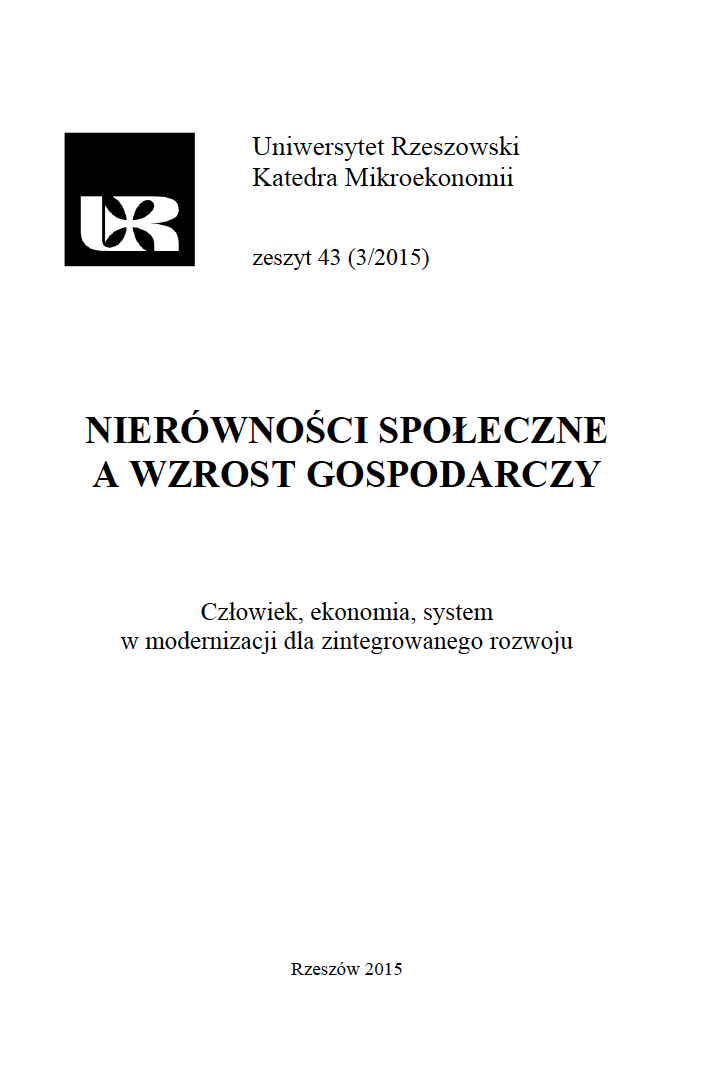Kultura energetyczna krajów Unii Europejskiej
Energy Culture of the European Union Countries
Author(s): Paweł Frączek, Agnieszka MajkaSubject(s): Economy
Published by: Wydawnictwo Uniwersytetu Rzeszowskiego
Keywords: energy cultures; energy market; changes to energy policy; statistical methods; classification methods
Summary/Abstract: The aim of the paper was to analyze the distinctiveness of energy culture of the EU countriesand the factors that shape these differences. For this purpose an identification of energy culture ofEU countries was made based upon the methods of statistical analysis. This analysis was based on17 diagnostic features that describe the culture of energy in particular EU countries. In order todetermine the groups of countries with similar culture of energy the following indices were applied: energy intensity index expressed in energy units per GDP unit, the rate of greenhouse gasemissions intensity expressed by the amount of CO2 emissions per one inhabitant, the structure ofconsumption of primary energy sources (6 variables), the consumption structure of final energyresources (7 variables), the efficiency ratio of primary energy conversion into the final energy andthe ratio of final energy conversion into services.Grouping of countries with similar culture of energy was based on two selected methods ofcluster analysis: the Ward’s hierarchical agglomeration method and clustering by k-means. Thebasis for grouping included detailed statistical data characterizing differences national energypolicies of the EU countries. The analysis distinguished nine groups (clusters) of EU countrieswith similar culture of energy.The analysis of the culture energy distinctiveness of EU-28 countries allowed to group them.For the analysis of the energy distinctiveness of the different energy cultures there were indicatedthe essential characteristics of energy policy implemented in the individual EU countries andgroups on some factors for shaping the energy of a particular culture there.The study also identified significant differences of energy balances of individual EU countries.
Journal: Nierówności Społeczne a Wzrost Gospodarczy
- Issue Year: 2015
- Issue No: 43
- Page Range: 215-225
- Page Count: 11
- Language: Polish

